You might be an Anthurium grower at the same time you are maintaining some beautiful orchids. So you may wonder ‘Can I use orchid fertilizer on Anthurium?’, or you’ve heard that some others are doing this trick, and you wanna make sure it is safe.
Orchid fertilizer can be used on anthuriums on 1/4 strength since it is providing high phosphorous and Nitrogen for the flourish and foliage growth of anthuriums.
The answer to use orchid fertilizer on anthurium or not depends on your desire for the anthurium plant and its fertilizing requirements. There are different stages of the fertilizing process for anthuriums, as well as for orchids. So let’s get into those things and see what orchid fertilizer to use on your anthurium at what time.
Table of Contents
Are orchids related to Anthurium?
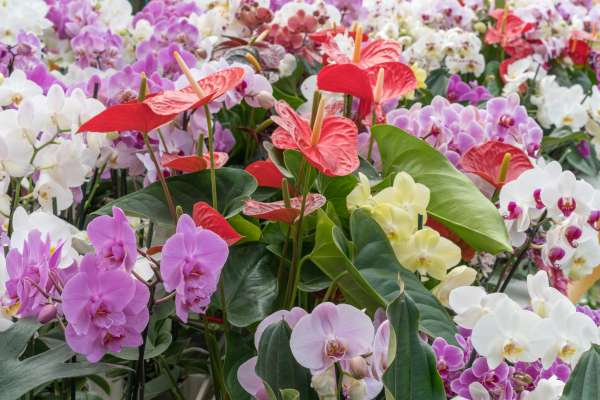
Anthurium originated from the Aracea family while orchids are belonging to the Orchidaceae family. Hence, orchids are entirely different as there is no relation with anthurium.
Despiting the fact that orchids and anthuriums are two specific varieties, there is some sort of similarities that often mislead people that they’re in the same family.
First and foremost, both anthurium and orchids are sub-familiar with ‘Epiphytes’, which gave them the ability to grow on another tree by spreading up their roots on it. But they use it only as a host. They don’t rely on them.
And both of them prefer tropical conditions with moisture-retaining soil, with less ability to tolerate frost.
Also read: Can I use orchid fertilizer on air plants?
Fertilizing requirements for Anthurium
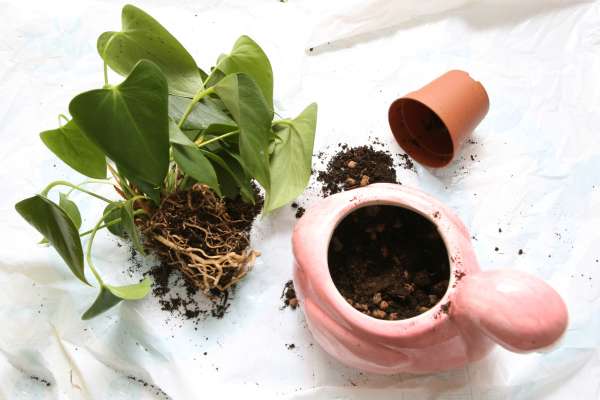
Now we are going to dig in to find what are the nutrient requirements, the frequency of fertilizing, and some other facts about fertilizing anthuriums. Assimilating these things will give you a clear idea of when and how to use orchid fertilizer on anthurium.
When it comes to fertilizing anthuriums, deciding the right plant food with the correct NPK is a serious matter. Because two main types of fertilizers can be used on anthuriums.
- High Phosphorous fertilizers
- High Nitrogen fertilizers
Nitrogen and phosphorous are vital macronutrients for anthurium as lacking them can lead the plant into diseases and growing or blooming stunt.
Phosphorous requirement for anthurium
Phosphorous is the nutrient that takes care of the flourishes of the plant. If you want to have an anthurium plant producing flowers more frequently, you must pay attention to its Phosphorous intake.
And I want to ensure that you’ve not mistaken the flower and spathe.
Anthurium flower is the element that looks like a sharp cone that pops out from the stem. In most cases, it looks cream orange color.
Also, agricultural sources have discovered that Phophorous affects the overall growth of a plant, and enhances the bright color and the size of the anthurium spathe.
Consequences of Phosphorous Deficiency on Anthuriums
- Edges of the leaves will be turning yellow
- Young leaves turn out to be way smaller and dark green compared to older leaves
- Necrosis on the foliage
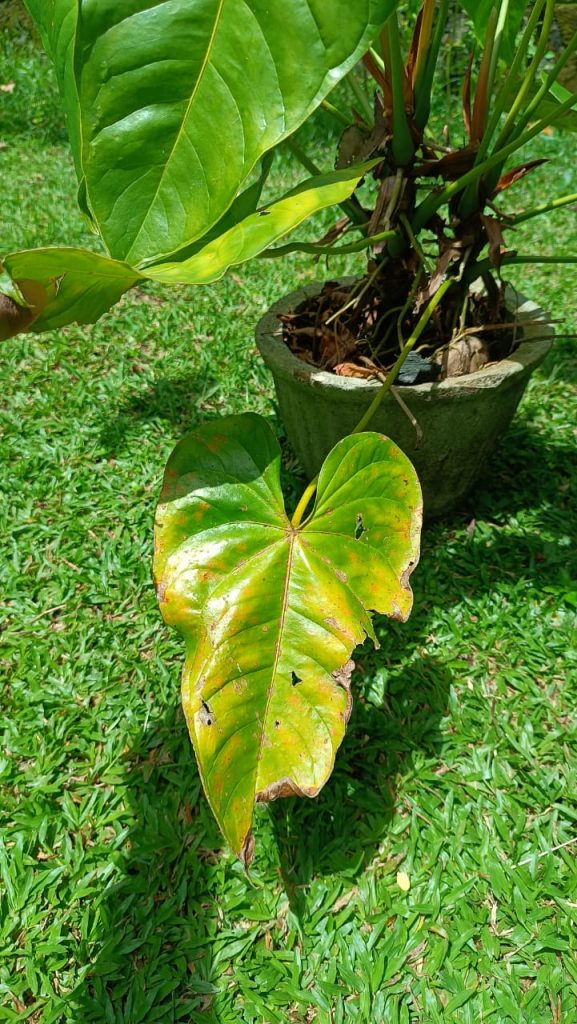
Therefore considering the above facts, you have to be careful whether it contains enough phosphorous to use orchid fertilizer on anthurium.
Nitrogen requirement for anthurium
Nitrogen is always essential for any kind of living plant, so why not for anthuriums? It ensures the process of photosynthesis going in the right way and plants make food by themselves.
From the perspective of anthuriums, Nitrogen look after the foliage and stem growth of the plant. You’ll end up with a widely spread bush of anthurium if you feed your plant with good enough Nitrogen.
On average, an anthurium spathe is 8-9 cm in width, the spadix (the flower) is about 5-6 cm long, and the whole flower with the stem stands into 30 cm.
But a couple of experiments demonstrate that anthurium plants can not reach these expectations without their nutrient requirements. Especially with Nitrogen.
According to this experiment done by perennial experts, they have grown two anthurium plants in the same variety, by providing 10-14-08 for one and feeding 04-14-08 to the other.
Unsurprisingly they found that the first plant almost hit the expected numbers with its outlook while the other one with less nitrogen seems to be stunted in its growth.
Then they applied Urea for the particular plant twice a month. After that, it could reach into expectations.
Anthuriums were tested in soil-less conditions by feeding organic vs chemical fertilizers in an experiment featured in ScienceDirect.
It shows that the smallest leaf area and least number of flowers were reported within a chemical fertilizer. And they suggest that the reason for the above errors may be lacking Nitrogen and Magnesium.
Consequences of Nitrogen Deficiency in Anthuriums
- Stunt the growing of the plant
- Matured leaves turn yellow as younger ones
- Older leaves develop necrosis on them (patches that look like burned)
- Falling matured leaves
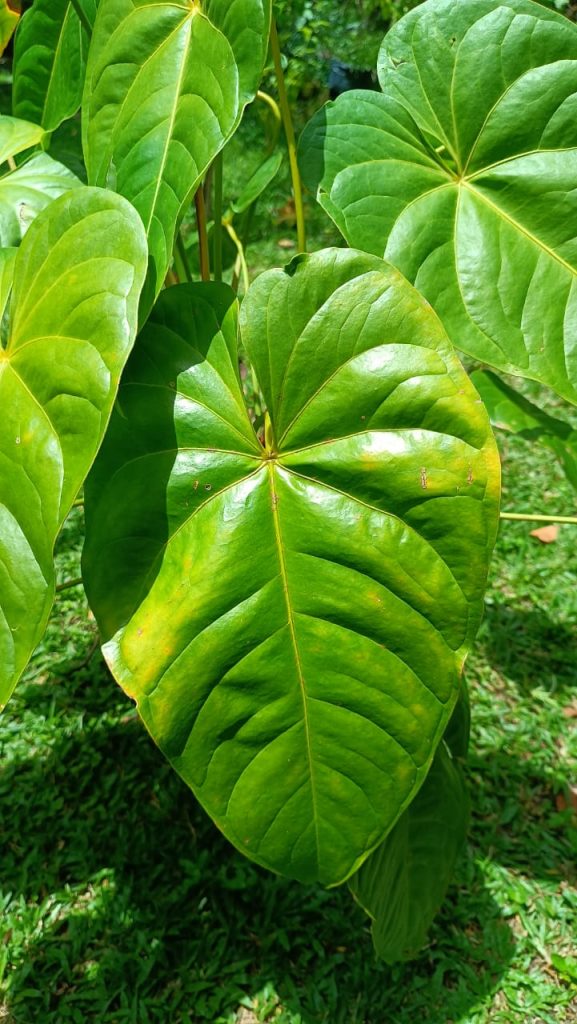
Although Nitrogen is not vital as Phosphorous for our Araceae plant, choosing a suitable plant food with considerable Nitrogen matters if you feed orchid fertilizer on anthurium.
Pottasium & other required micronutrients for anthuriums
In the case of anthuriums, Potassium does not seem to be a big issue.
But don’t undermine its strength. Potassium is always key for the perfect root structure and healthiness of the plant.
For instance, in the 2nd experiment I mentioned above, the peduncle and overall length of the anthurium plant has been reduced when the K and Mg proportions were cut off from the fertilizer. And the experts address that a weak root structure may cause this issue.
Other than the macronutrients, Magnesium, Sulfur, and Calcium can be known as the essential micronutrients for the growth of anthurium.
Since those are such basic nutrients, these may easily be found on orchid fertilizers with a pure substance or as chemical bonds.
Can orchid fertilizers be used for Anthurium plants?
As we discussed earlier, a fertilizer that is used on anthurium should mainly concentrate on phosphorous and Nitrogen. Whatever plant food can provide those two nutrients with some of the other micronutrients can work fine on anthuriums.
Orchid fertilizers can be used on anthurium plants in which they are high in Nitrogen and Phosphorous while providing essential micronutrients Mg, Sulfur, and Calcium.
How to feed orchid fertilizer for anthurium?
Firstly, anthurium is not the kind of a plant that is categorized as ‘heavy feeders’, as the whole Araceae family is also not.
Therefore it’s really easy to over-fertilize anthuriums with orchid fertilizers. Hence, the solution would be using whatever the orchid fertilizer on anthuriums within 1/4 of the recommended strength.
To feed orchid fertilizers into anthuriums you can use either liquid fertilizing or conventional powder. But I surveyed a bunch of flower garden owners on the web and the majority of them said that liquid fertilizing gave them better results on anthuriums.
Is orchid potting mix good for Anthurium?
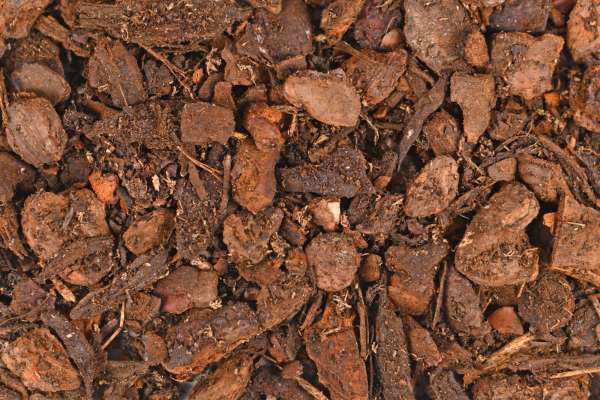
Because orchid potting mixes are well known for moisture and nutrient retention, as well as supplement nutrients for a typical epiphyte, orchid potting mix can work well on anthurium plants.
In general, orchid fertilizers are made by considering their epiphytic habitats and aerated roots. Therefore, anthuriums can also experience the same micronutrients that their aerated roots require.
TheSpruce suggests using orchid potting mix with amending some peat moss and sand when you planting anthuriums.
Anthuriums approximately bear around 1000 varieties of themselves. I’m going to break down some most common and beautiful anthuriums upon which kind of orchid fertilizer to be used on a particular anthurium variety.
What Anthurium varieties to feed by high phosphorous orchid fertilizers?
- Anthurium andreanum
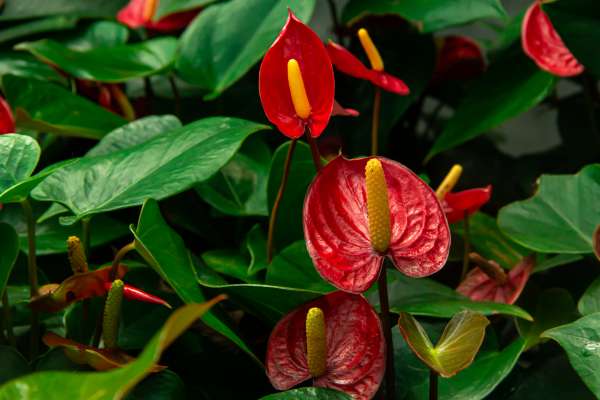
This is the most common variety of anthurium, and it’s suitable for both indoor and outdoor planting. It’s also known as the flamingo flower’ because it has a red to pink color spathe and stands like a flamingo. Flowering is more frequent than any variety.
- Anthurium scherezerianum
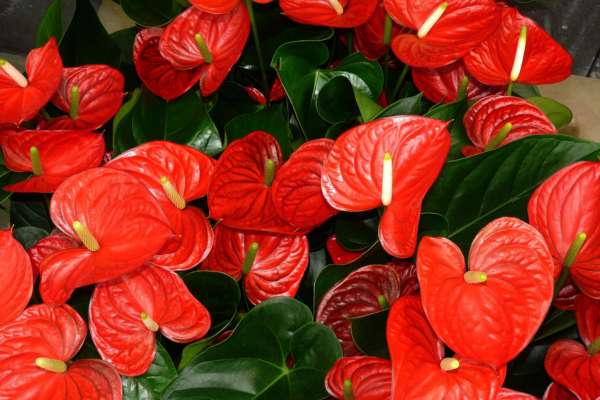
Also known as ‘pigtail’, ‘flamingo flower’. In this case, it provides leaves that are smaller in size than usual. But they still treat us with large flower densities. That’s why ‘Anthurium scherezerianum’ needs more concentration of Phosphorous when using orchid fertilizer.
- Black anthurium
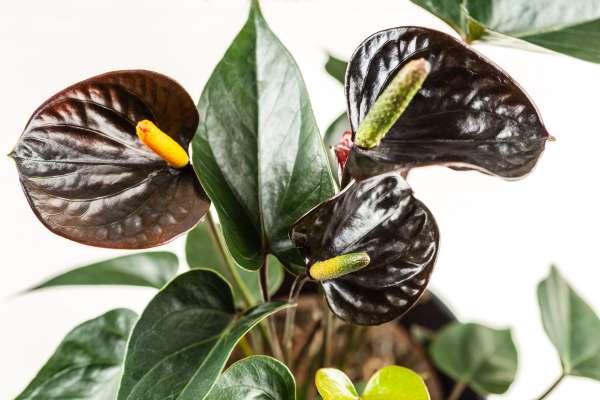
This is a pretty unusual Araceae plant to be grown. Because it has some sort of a wildish look. But some people love to grow this variety because it has a unique black colored spathe. And for the reason it’s originally growing in the wild, it needs constant fertilizing with both Phosphorous and Nitrogen.
Compatible high Phosphorous orchid fertilizers
- Better Grow orchid better bloom
This is manufactured by the sun bulb company, and it comes as both potting media and potting mix. Massive trustworthiness has built around this product as thousands of positive reviews have been written for this company on Amazon.
- Epsoma organic orchid bloom booster
A liquid fertilizer with 1-3-1 NPK. You can dilute it with the water and use it on anthuriums at a quarter strength of the recommendation.
What Anthurium fertilizers to feed by high Nitrogen orchid fertilizer?
- Anthurium forgetti
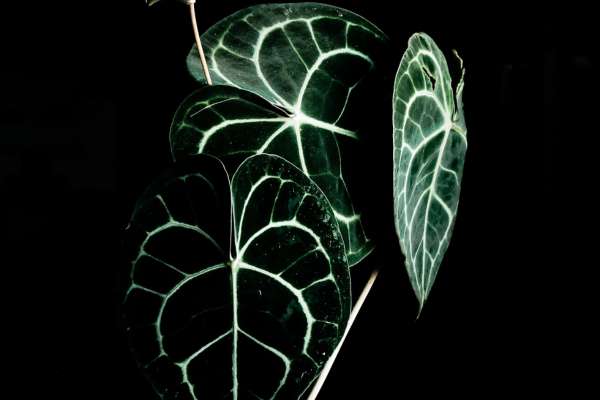
A Perfect anthurium variety to grow as a houseplant. Because blooming is not very frequent in this, high nitrogen orchid fertilizers can be used for ‘Anthurium forgetti’ plants. It has white-colored highlighted veins on it. Flowers are in between light green to yellow and they can become orangy red when mature.
- Anthurium crystallinum
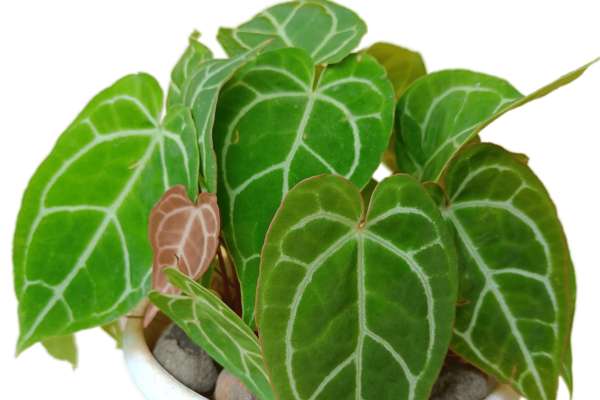
This variety looks the same as the ‘Anthurium forgetti’ variety. Since it holds many features of an epiphyte, it is not appropriate to be grown indoors. It’s better if you can give it some support. On top of this plant doesn’t produce flowers you have to use Nitrogen concentrated orchid fertilizers for better foliage growth.
- Anthurium veitchii
‘Veitchii’ is also known as the ‘king of anthuriums’ since it has leaves which is similar to the shape of a banana leaf. Its root prefers better aeration a soil that can hold nutrients. The requirement of Nitrogen is essential because of the enormous foliage size and the tall and wide growth of the plant.
Compatible high Nitrogen orchid fertilizers
J R Peters Jacks Classic Orchid Special Fertilizer
This orchid plant food is specifically made to enhance the foliage growth of epiphytes. It’s 30-10-10 in NPK, and really suitable to be used on anthuriums.
Other fertilizing options for Anthuriums
If you are not into using orchid fertilizers on Anthurium, there are some other fertilizing options available for your anthuriums. They can provide the essential macronutrients we are targeting by using orchid fertilizers.
Bone meal fertilizer
I can say that this is the perfect choice to feed your anthurium with some serious phosphorous content as it’s usually 3-15-0 in NPK. In addition, it’s along with 12% of Calcium, which is a vital micronutrient for anthurium. The only issue has been the lack of Potassium.
Rock phosphate
This is so popular in perennial gardening as it’s doing wonders on blooming when you provide a clean source of phosphorous to your flowering plants. It is completely filled with phosphate and potash, except for some Nitrogen content.
But be careful when you are using these on anthurium. These are very easy to over-fertilize as it’s highly Phosporous concentrated.
Worm castings
If you want to feed your anthuriums with something between balanced and slightly Nitrogen friendly fertilizer, worm castings can be a good option.
If your plant is growing nicely with good flourishing and foliage, you can practice worm casting as it’s as mild as 1-0-0 to 5-5-3 in NPK.
Compost
Compost is another balanced plant food for your anthuriums and can be really beneficial from the microorganisms it contains.
Despite compost having a low concentration of macronutrients, layering compost into anthurium soil can help their roots with good aeration, and retain good enough moisture.
Blood meal
Blood meal is an acceptable natural source of Nitrogen fertilizer that you can use on anthurium, whenever you want your plants to perform better on their foliage growth. It is 12-0-0 in NPK, which provides 12 pounds of Nitrogen in every 100 Pounds of blood meal.
It works perfectly on Anthuriums like ‘veitchii’, ‘crystallinum’ which produce particularly larger leaves and do not produce flowers that very frequently.
Fish emulsion
This particular fertilizer is made of the body parts of fish. Fish heads are submerged in water and allow them to be stagnated for some weeks. Then you’ll end up with the fish emulsion liquid which contains all nutrients in fish heads.
You can use this 4-1-1 fertilizer whenever you feel your anthurium plants need to get better at their green.
Also read: 11 Free homemade fertilizers for Sunflowers
Anthurium plant care tips
Now you have better ideas on whether can you use orchid fertilizer on anthurium. From here on, I want you to know how you can actually take care of your plant.
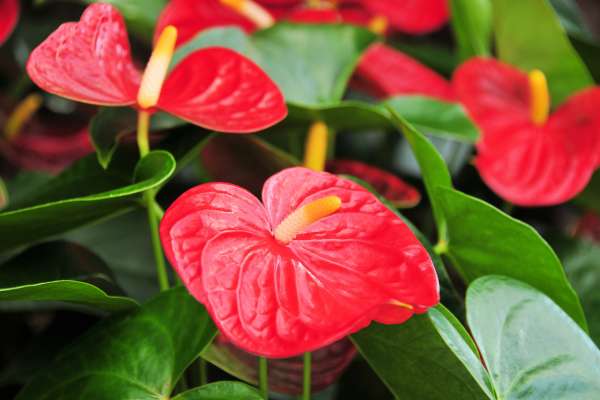
- Anthuriums like the brightness of sunlight, but they won’t prefer to have it directly. Reflected sunlight near a windowsill or partial shade outside would fulfill the light requirement of an anthurium.
- Almost all species of Araceae love humidity in the air. In general, 60 F is the temperature at which anthuriums perform their best growth. Less-flowering varieties such as ‘veitchii’ may likely to have more heat than usual. However, the conditions for these plants start to get weird if the temperature drops down from 60F. Moreover, as they can’t tolerate the frost, you have to overwinter the anthurium indoors.
- The moisture of the soil needs to retain considerably longer. But don’t let them be wet all day. Plants that grow outside may require watering every 2-3 days while watering once a week would be enough for indoor ones. Try layering coconut husks, and gravel on the soil to encourage moisture to retain.
- Originally, epiphytes are growing with the help of another plant to maintain their structure. Since anthurium is an epiphyte, if your plant is not looking stabilized in a pot, you can try supporting it from a stake. It will surely ease the growth of the plant and let it free flowing.
- You have to be conscious about pruning and removing infected leaves of the plant in order to maintain a well-strength anthurium. Remove any infected, wilting, dying leaves as well as old flowers to preserve energy for to rest of the elements. In addition, you are allowed to prune the plant to keep its shape nicely.
